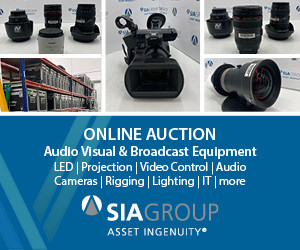Edirol R-09HR records Obama inauguration
When sound recordist Alan O’Duffy was contracted to travel to the USA to record interviews and atmospheres for a “feature documentary” about Barack Obama becoming the 44th President of the USA, one of the first pieces of kit he packed was Edirol’s R-09HR digital recorder. Irish film company, Alpha Films, wanted Alan to record on location first in N...


















